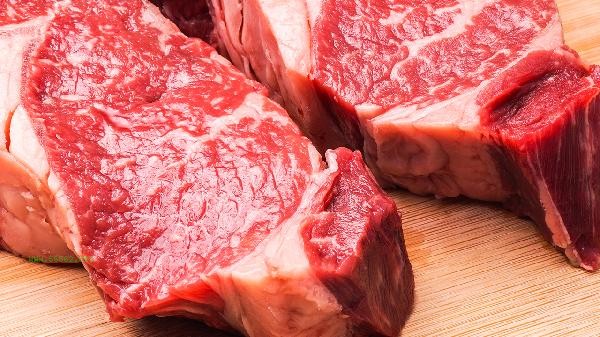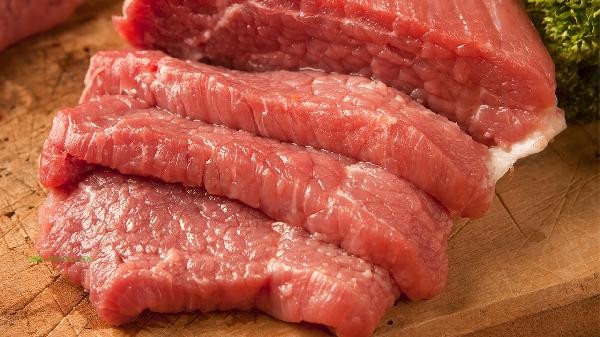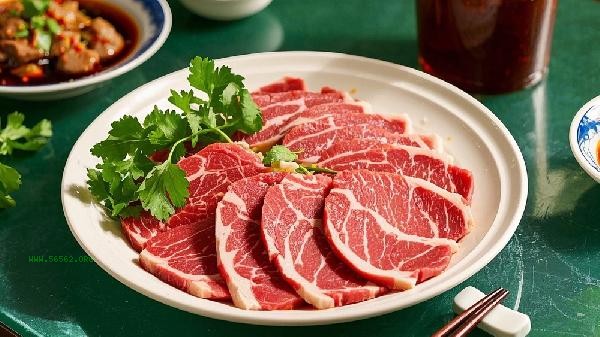It is recommended to choose beef shoulder, beef leg, beef brisket, beef neck, and beef tenderloin for beef filling. The meat quality and fat content of different parts can affect the taste and flavor of the filling.

1. Beef Shoulder
Beef shoulder is located above the front legs of cows, with fine muscle fibers and a moderate amount of fat. The meat in this area is relatively firm, with evenly distributed fat, and can maintain good viscosity after being ground, making it suitable for making beef filling that requires elasticity. Beef shoulder meat is rich in protein and iron, which helps to supplement nutrients. When making fillings, some fascia can be retained to enhance the taste, but extra fascia should be removed to avoid affecting the taste.
2. Beef Leg Meat
Beef leg meat comes from the hind legs of cows, with well-developed muscles and low fat content. The meat in this area tends to be lean, and after being ground, the taste is relatively dry, making it suitable for making low-fat and healthy beef filling. Beef tenderloin is rich in high-quality protein and B vitamins, making it suitable for people who need to control their fat intake. When using, it is recommended to pair with a small amount of fatty meat or other oily ingredients to avoid the filling being too dry and affecting the taste.
3. Beef brisket
Beef brisket is located in the abdomen of cows and contains a lot of fat and connective tissue. The meat in this area is soft and has a high fat content. After being ground, it can form rich meat juice, making it suitable for making juicy beef filling. After sufficient crushing, the connective tissue of beef brisket will be converted into gelatin, making the filling smoother and more tender. However, it is important to control the amount used to avoid the filling being too greasy and affecting digestion and absorption.

4. Beef Neck Meat
Beef neck meat is located in the neck of cattle, with thick muscle fibers and moderate fat content. The meat in this area is relatively firm and can maintain a good granular texture after being ground, making it suitable for making chewy beef filling. Beef neck meat is rich in myoglobin and minerals, with high nutritional value. It is recommended to thoroughly grind or chop the meat to avoid rough texture that affects the taste.
5. Beef tenderloin
Beef tenderloin is the most tender part of the cow's body, almost free of fat and fascia. The meat in this area is extremely tender and has a delicate texture when ground, making it suitable for making high-end beef filling. Beef tenderloin has a high protein content and is easy to digest and absorb, making it suitable for consumption by the elderly and children. However, due to its extremely low fat content, it may lack flavor when used alone. It is recommended to mix it with other fatty beef parts. When making beef filling, different parts of beef can be mixed according to needs, such as mixing beef shoulder and beef brisket in proportion, which can ensure taste and control fat content. It is recommended to choose freshly ground beef for immediate use to avoid using meat that has been frozen for too long and affecting its flavor. Before processing beef, it is necessary to thoroughly clean and remove excess fascia. When grinding the meat, attention should be paid to controlling the thickness, as excessive thickness can affect the shaping and loss of taste. When preparing the filling, an appropriate amount of scallion ginger water or egg white can be added to increase viscosity, but excessive stirring should be avoided to prevent the meat from becoming stale. Beef filling should be used or refrigerated as soon as possible, and should not be stored at room temperature for more than two hours to ensure food safety.









Comments (0)
Leave a Comment
No comments yet
Be the first to share your thoughts!